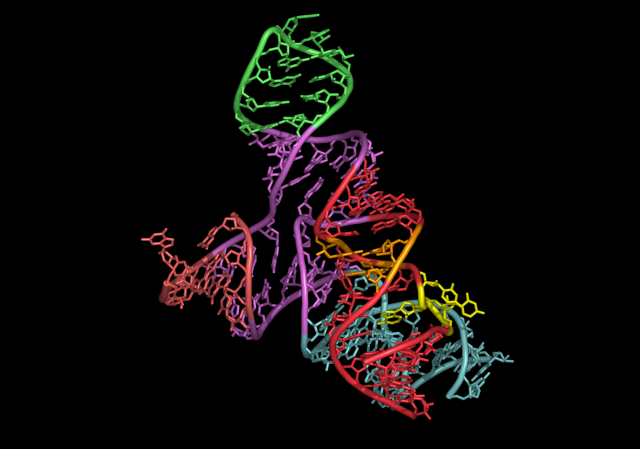Researchers evolve a molecule that flips the orientation of life
Ars Technica » Scientific Method 2014-11-04

Even the simplest forms of life, like bacteria, have a handedness, one that's built into the chemicals they're composed of. The complex, three-dimensional molecules that are essential to life can have the same exact set of atoms, yet be physically distinct—one the mirror image of the other. Almost all the amino acids that life uses have a single orientation; same with the sugars.
While life is very good at operating with this handedness, called chirality, nature isn't. Most chemical reactions produce a mixture of left and right forms of molecules. This seemingly creates a problem for the origin of life—if both chiral forms were available, how did life pick just one? The problem is even more severe than that. If both forms are present, then the reactions that duplicate DNA and RNA molecules don't work. And without those reactions, life won't work.
Now, researchers have found this doesn't pose much of a barrier at all. Through a little test-tube based evolution, they were able to make an RNA molecule that could copy other RNA molecules with the opposite chirality. In other words, they made a right hand that could only copy the left. But the duplicate, the left-handed form, could then readily copy the right-handed version. And as an added bonus, the new RNA molecule may be one of the most useful copying enzymes yet evolved.
Read 7 remaining paragraphs | Comments